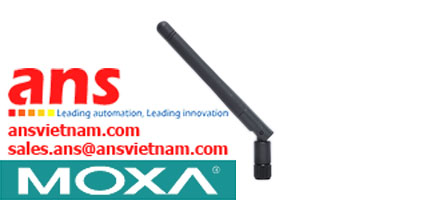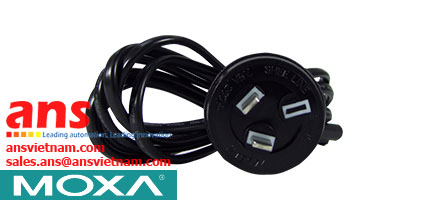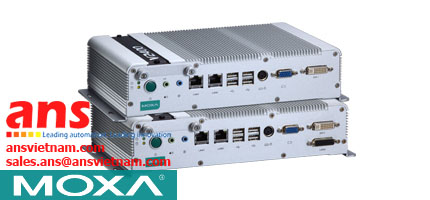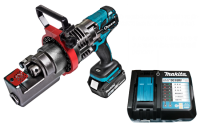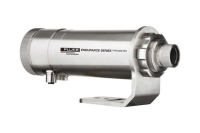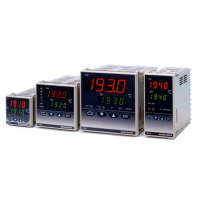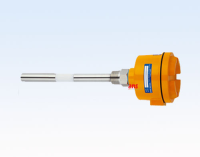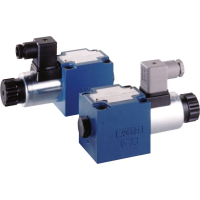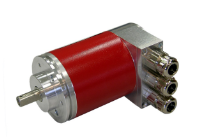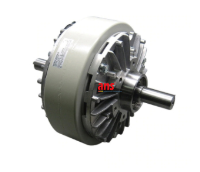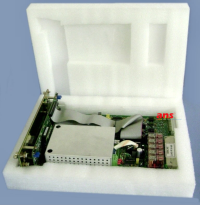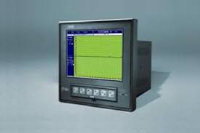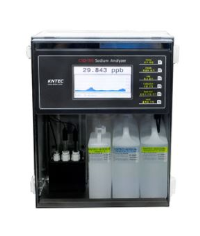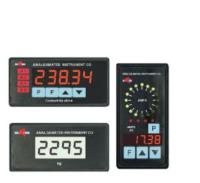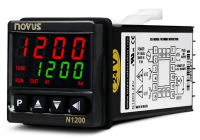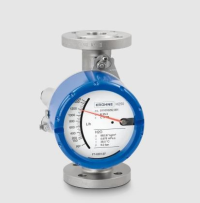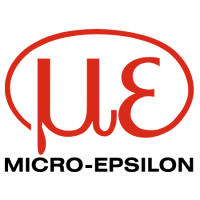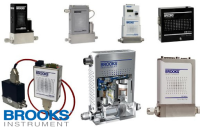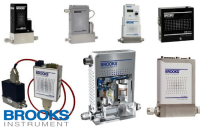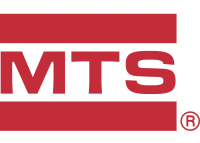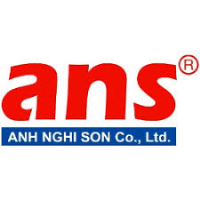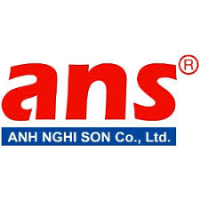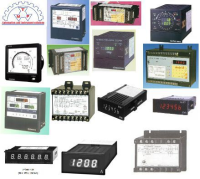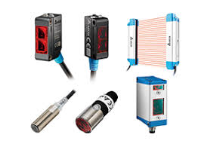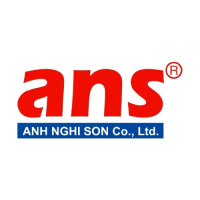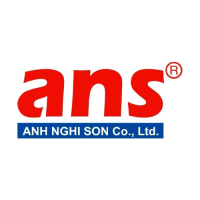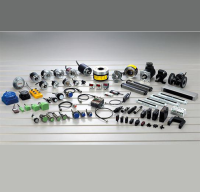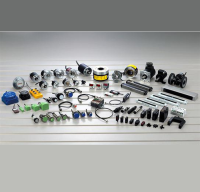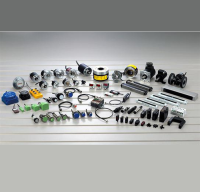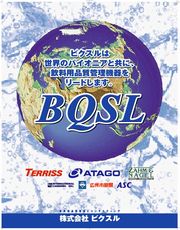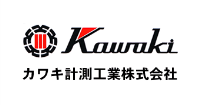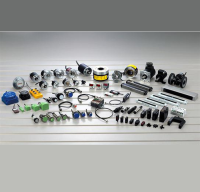
Dual-Radio Wireless AP/Bridge/Client AWK-5232 Series Moxa vietnam
Hãng sản xuất: Moxa
Dual-Radio Wireless AP/Bridge/Client AWK-5232 Series Moxa vietnam
.jpg) Features and Benefits
Features and Benefits
- IEEE 802.11a/b/g/n compliant
- Dual-radio design for 2.4 GHz and/or 5 GHz bands
- Redundant power inputs and PoE+
- Industrial grade QoS (WMM) and VLAN supported
- Supports client-based Turbo Roaming
- -40 to 75°C operating temperature range (T models)
Introduction
The AWK-5232 Industrial a/b/g/n Wireless AP/bridge/client is an ideal wireless solution for hard-to-wire situations and all mobile equipment which is connected over a TCP/IP network. It can provide a faster connection and wider range than 802.11g models, especially a noticeably stronger connection at distance. With two independent RF modules, the AWK-5232 allows two independent wireless connections over different frequencies, and supports a great variety of wireless configurations and applications. The AWK-5232 is compliant with the industrial standards and approvals, covering operating temperature, power input voltage, surge, ESD and vibration. The AWK-5232’s two DC power inputs increases the power supply reliability, and it can also be powered via PoE+ for easier deployment.
High Data Rate and Greater Bandwidth
- High-speed wireless connectivity with up to 300 Mbps data rate in each radio module
- MIMO technology improves data throughput via mulitplexed, smart antenna transmissions and receptions
- Channel bonding technology for increased throughput or channel redundancy
- Dual DC power inputs and PoE+
- Immunity against disconnection caused by radio interference
Specifications for Higher Security
- 64-bit and 128-bit WEP (Wired Equivalent Privacy)
- Enable/disable SSID broadcasts
- Power filters for access control
- IEEE/802.11X/RADIUS supported
- WPA/WPA2/802.11i supported
White Paper:
![]() Expert Tips for Optimizing Industrial Wireless Networks
Expert Tips for Optimizing Industrial Wireless Networks

Compared with its popularity in everyday commercial environments, Wi-Fi has been slow to gain a foothold in industrial M2M applications. One of the main reasons that industrial customers are reluctant to move from wired to wireless is the problems associated with stability. Wireless transmission is NOT as reliable as wired transmission. However, by following certain best practices it is possible to set up a wireless network that will provide the level of reliability needed for M2M communication applications. In this whitepaper, we present eight expert tips that you can follow to optimize your wireless networks for industrial application environments...more
| • WLAN Interface | |
| Standards | IEEE 802.11a/b/g/n for Wireless LAN IEEE 802.11i for Wireless Security IEEE 802.3 for 10BaseT IEEE 802.3u for 100BaseTX IEEE 802.3ab for 1000BaseT IEEE 802.3at for Power-over-Ethernet Plus IEEE 802.1D for Spanning Tree Protocol IEEE 802.1w for Rapid STP IEEE 802.1Q for VLAN |
| Spread Spectrum and Modulation (typical) | • DSSS with DBPSK, DQPSK, CCK • OFDM with BPSK, QPSK, 16QAM, 64QAM • 802.11b: CCK @ 11/5.5 Mbps, DQPSK @ 2 Mbps, DBPSK @ 1 Mbps • 802.11a/g: 64QAM @ 54/48 Mbps, 16QAM @ 36/24 Mbps, QPSK @ 18/12 Mbps, BPSK @ 9/6 Mbps • 802.11n: 64QAM @ 300 Mbps to BPSK @ 6.5 Mbps (multiple rates supported) |
| Operating Channels (central frequency) | US: 2.412 to 2.462 GHz (11 channels) 5.18 to 5.24 GHz (4 channels) EU: 2.412 to 2.472 GHz (13 channels) 5.18 to 5.24 GHz (4 channels) JP: 2.412 to 2.472 GHz (13 channels, OFDM) 2.412 to 2.484 GHz (14 channels, DSSS) 5.18 to 5.24 GHz (4 channels for W52) |
| Security | • SSID broadcast enable/disable • Firewall for MAC/IP/Protocol/Port-based filtering • 64-bit and 128-bit WEP encryption, WPA/WPA2-Personal and Enterprise (IEEE 802.1X/RADIUS, TKIP, and AES) |
| Transmission Rates | 802.11b: 1, 2, 5.5, 11 Mbps 802.11a/g: 6, 9, 12, 18, 24, 36, 48, 54 Mbps 802.11n: 6.5 to 300 Mbps (multiple rates supported) |
| Transmitter Power | 802.11b: Typ. 18±1.5 dBm @ 1 to 11 Mbps 802.11g: Typ. 18±1.5 dBm @ 6 to 24 Mbps, Typ. 17±1.5 dBm @ 36 to 48 Mbps, Typ. 15±1.5 dBm @ 54 Mbps 802.11n (2.4 GHz): Typ. 14±1.5 dBm @ MCS15 20 MHz 802.11a: Typ. 17±1.5 dBm @ 6 to 24 Mbps, Typ. 16±1.5 dBm @ 36 to 48 Mbps, Typ. 14±1.5 dBm @ 54 Mbps 802.11n (5 GHz): Typ. 13±1.5 dBm @ MCS15 20 MHz, Typ. 12±1.5 dBm @ MCS15 40 MHz |
| Receiver Sensitivity | 802.11b: -92 dBm @ 1 Mbps, -90 dBm @ 2 Mbps, -88 dBm @ 5.5 Mbps, -84 dBm @ 11 Mbps 802.11g: -87 dBm @ 6 Mbps, -86 dBm @ 9 Mbps, -85 dBm @ 12 Mbps, -82 dBm @ 18 Mbps, -80 dBm @ 24 Mbps, -76 dBm @ 36 Mbps, -72 dBm @ 48 Mbps, -70 dBm @ 54 Mbps 802.11n (2.4 GHz): -69 dBm @ MCS15 20 MHz, -71 dBm @ MCS7 20 MHz 802.11a: -87 dBm @ 6 Mbps, -86 dBm @ 9 Mbps, -85 dBm @ 12 Mbps, -82 dBm @ 18 Mbps, -80 dBm @ 24 Mbps, -76 dBm @ 36 Mbps, -72 dBm @ 48 Mbps, -70 dBm @ 54 Mbps 802.11n (5 GHz): -68 dBm @ MCS15 40 MHz, -69 dBm @ MCS15 20 MHz, -70 dBm @ MCS7 40 MHz, -71 dBm @ MCS7 20 MHz |
| • Protocol Support | |
| General Protocols | Proxy ARP, DNS, HTTP, HTTPS, IP, ICMP, SNTP, TCP, UDP, RADIUS, SNMP, DHCP, VLAN, STP/RSTP |
| • Interface | |
| Default Antennas | 4 dual-band omni-directional antennas, 2 dBi, RP-SMA (male) |
| Connector for External Antennas | RP-SMA (female) |
| LAN Ports | 2, RJ45, 10/100/1000BaseT(X), auto negotiation speed, F/H duplex mode, and auto MDI/MDI-X connection |
| Console Port | RS-232 (RJ45-type) |
| Reset | Present |
| LED Indicators | PWR1, PWR2, PoE+, FAULT, STATE, WLAN1, WLAN2, 100M, 1000M |
| Alarm Contact (digital output) | 1 relay output with current carrying capacity of 1 A @ 24 VDC |
| Digital Inputs | 2 electrically isolated inputs• +13 to +30 V for state “1” • +3 to -30 V for state “0” • Max. input current: 8 mA |
| • Management | |
| Device Management | Wireless Search Utility, SNMP |
| • Physical Characteristics | |
| Housing | Metal, IP30 protection |
| Weight | 1320 g (2.91 lb) |
| Dimensions | 75 x 135 x 105 mm (2.9 x 5.3 x 4.1 in) |
| Installation | DIN-rail mounting (standard), wall mounting (optional) |
| • Environmental Limits | |
| Operating Temperature | Standard Models: -25 to 60°C (-13 to 140°F) Wide Temp. Models: -40 to 75°C (-40 to 167°F) |
| Storage Temperature | -40 to 85°C (-40 to 185°F) |
| Ambient Relative Humidity | 5% to 95% (non-condensing) |
| • Power Requirements | |
| Input Voltage | 12 to 48 VDC, redundant dual DC power inputs or 48 VDC Power-over-Ethernet Plus (IEEE 802.3at compliant) |
| Input Current | 1.5 A @ 12 VDC |
| Connector | 10-pin removable terminal block |
| Power Consumption | 18 W |
| Reverse Polarity Protection | Present |
| • Standards and Certifications | |
| Safety | UL 60950-1, EN 60950-1 |
| EMC | EN 55032/24 |
| EMI | CISPR 32, FCC Part 15B Class B |
| EMS | IEC 61000-4-2 ESD: Contact: 8 kV; Air: 15 kV IEC 61000-4-3 RS: 80 MHz to 1 GHz: 3 V/m IEC 61000-4-4 EFT: Power: 2 kV; Signal: 2 kV IEC 61000-4-5 Surge: Power: 2 kV; Signal: 1 kV IEC 61000-4-6 CS: 3 V IEC 61000-4-8 |
| Radio | EN 301 489-1/17, EN 300 328, EN 301 893, TELEC, FCC ID SLE-WAPN001 |
| • MTBF (mean time between failures) | |
| Time | 290,422 hrs |
| Standard | Telcordia SR332 |
| • Warranty | |
| Warranty Period | 5 years |
| Details | www.anhnghison.com |






.jpg)





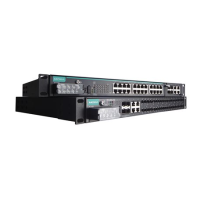


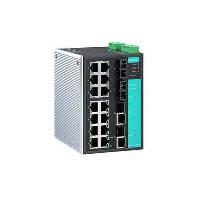





















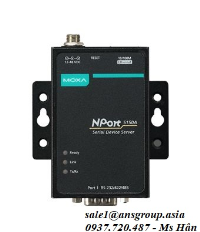


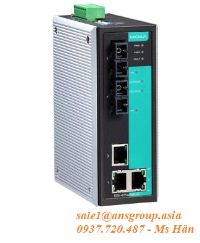



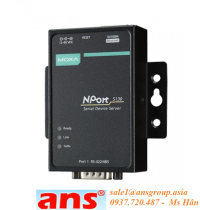














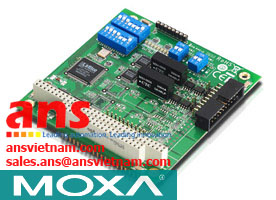













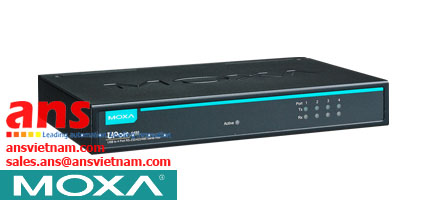




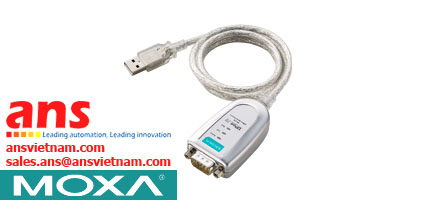






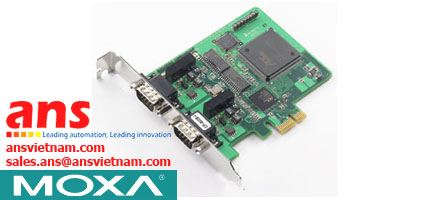



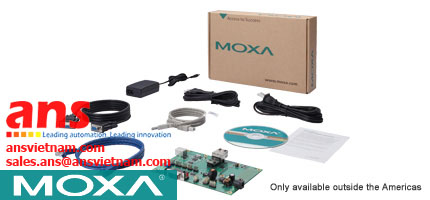
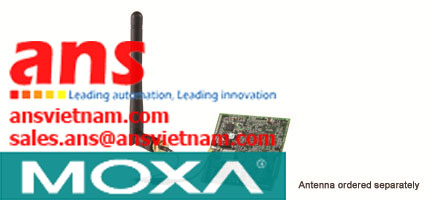

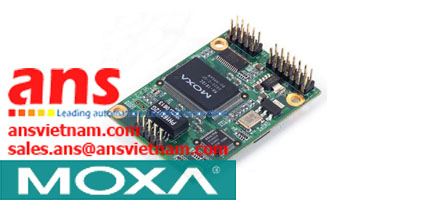

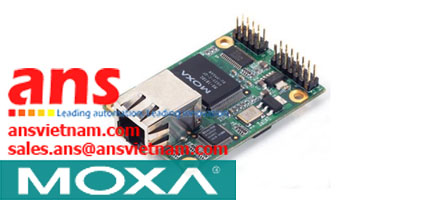
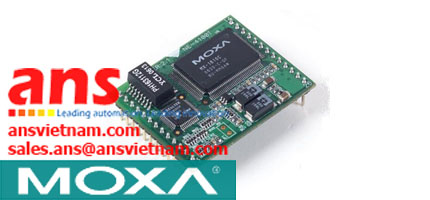











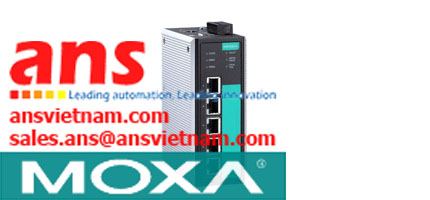












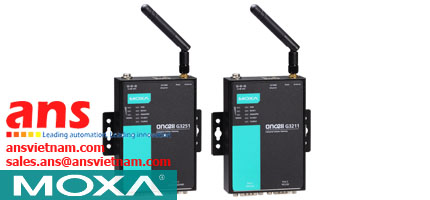






















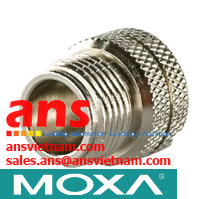





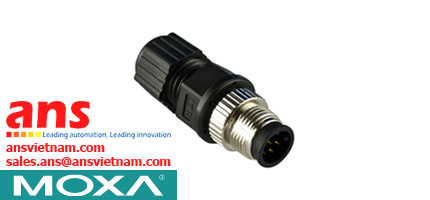
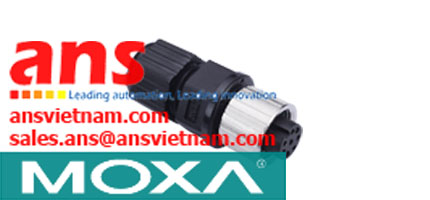



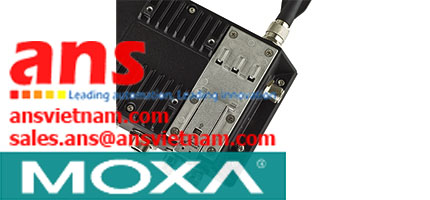



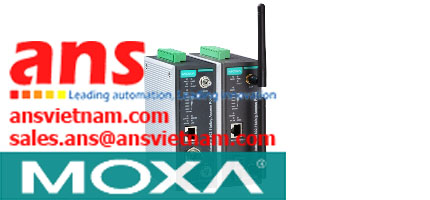
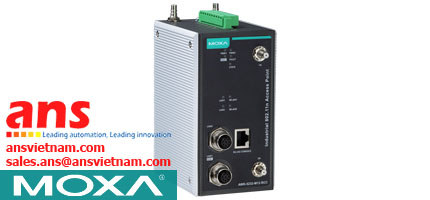









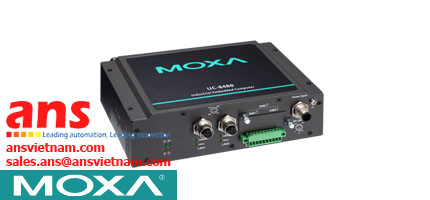


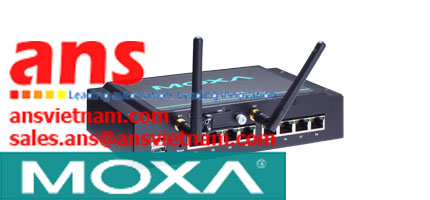

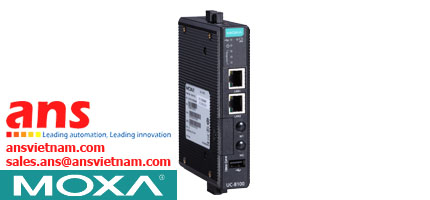








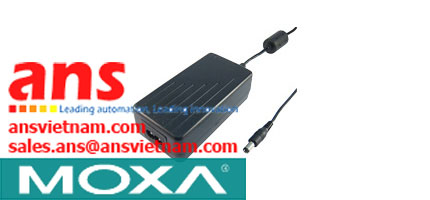

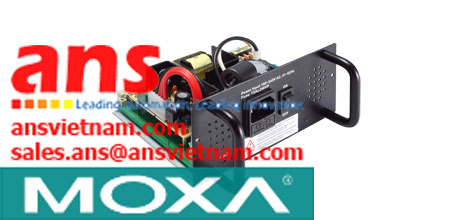

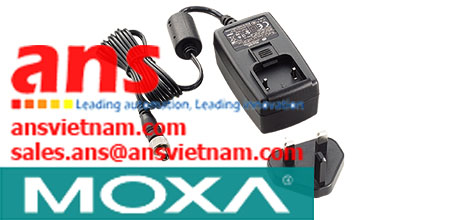














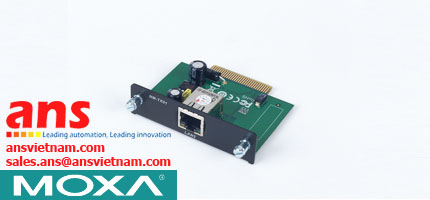



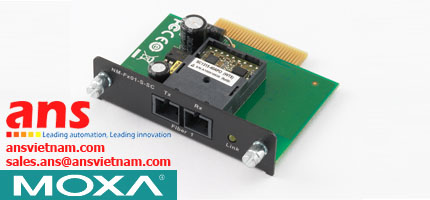
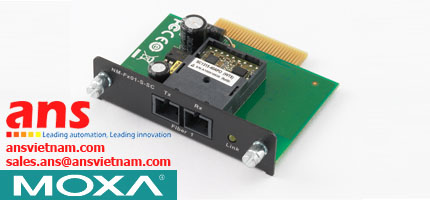



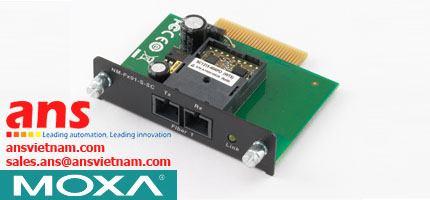











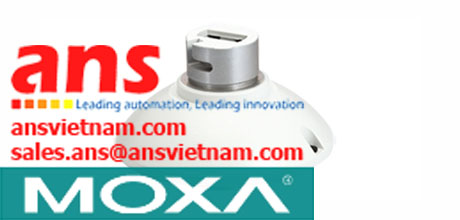




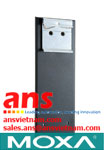














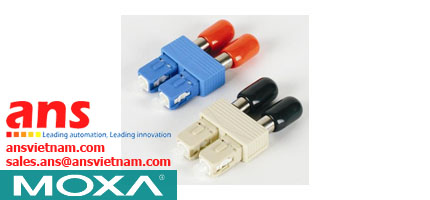




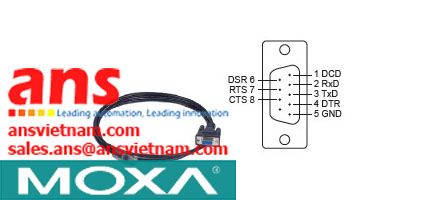




























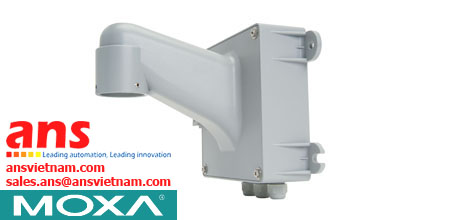













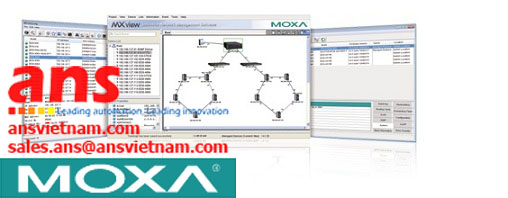






























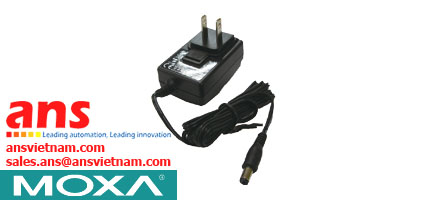





















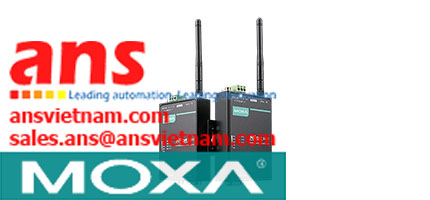









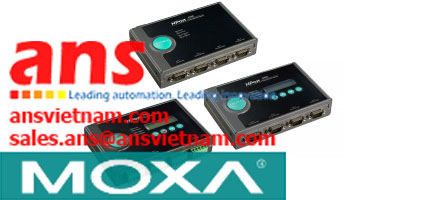


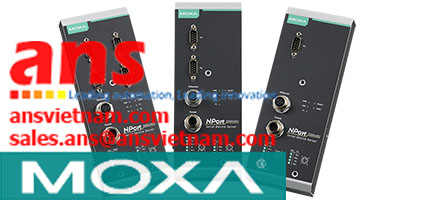





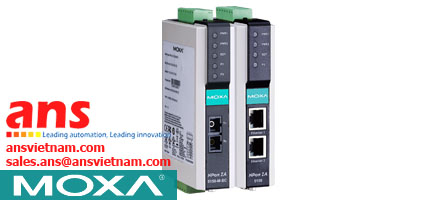






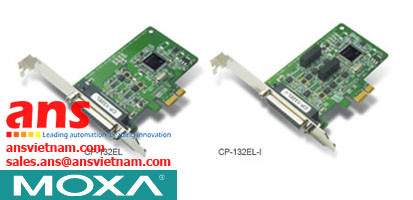



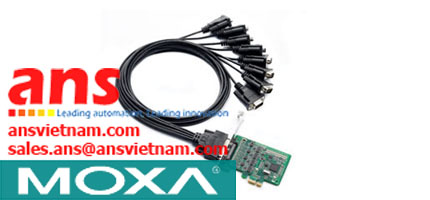

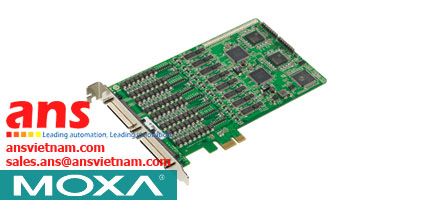






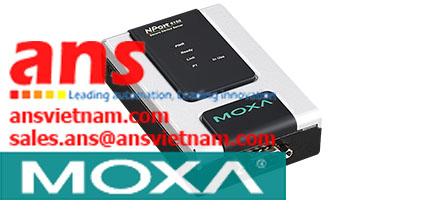

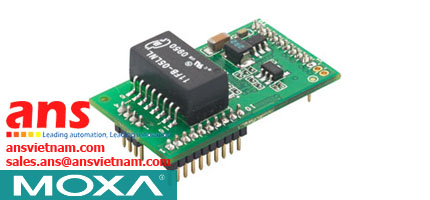




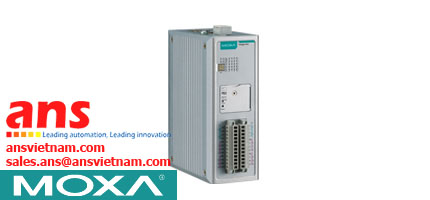


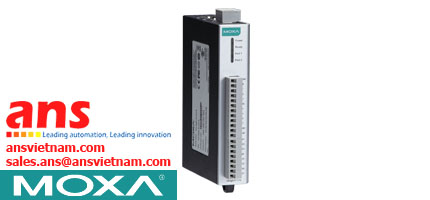



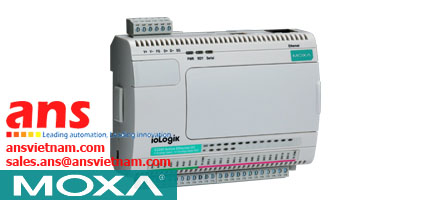



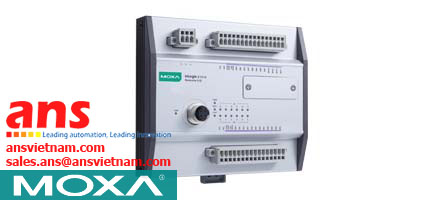



















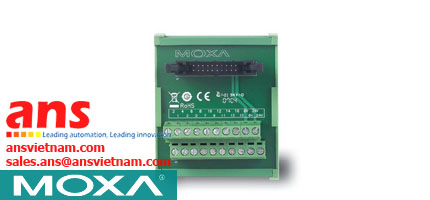






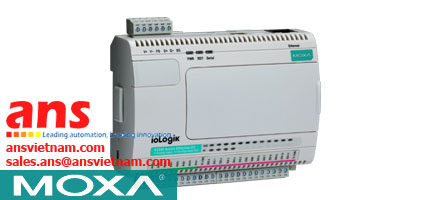

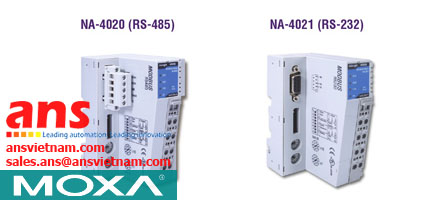



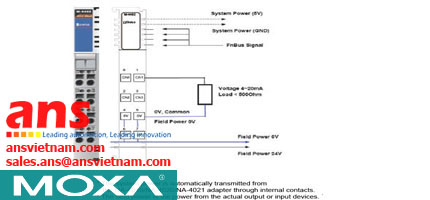





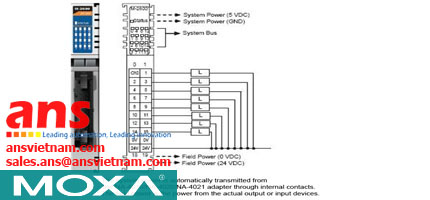
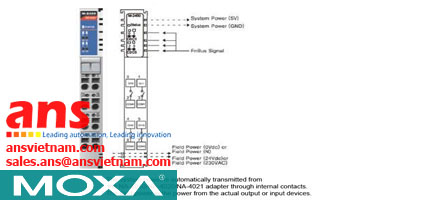











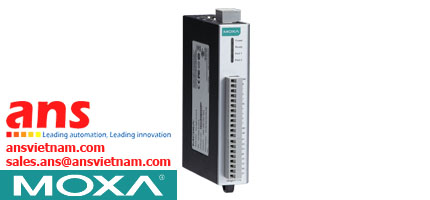
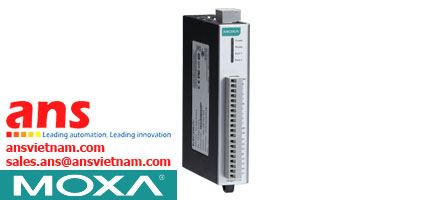





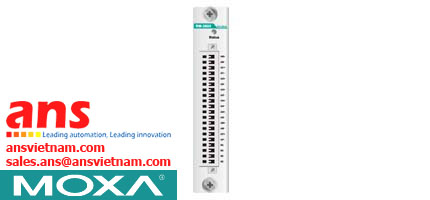











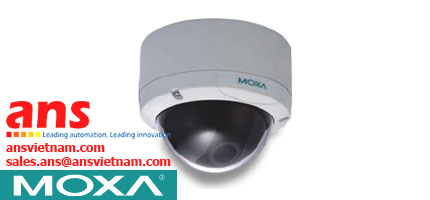
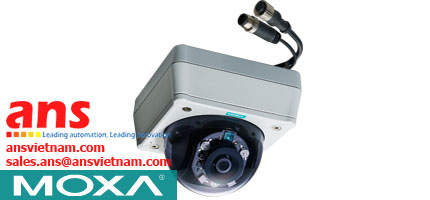









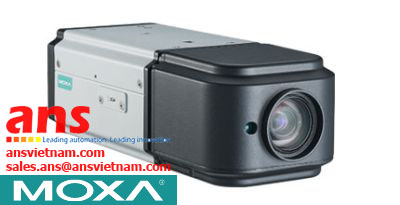













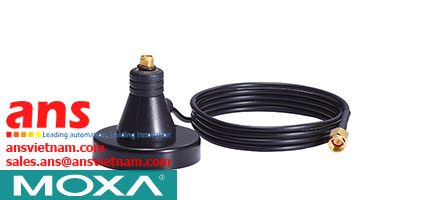
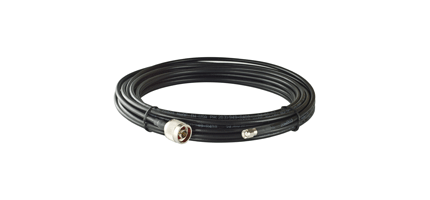
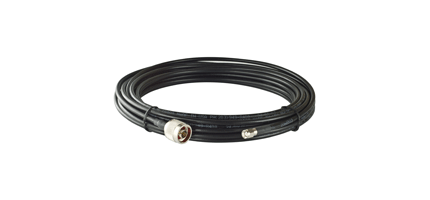

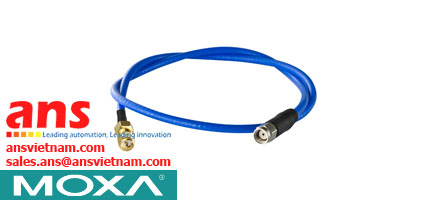
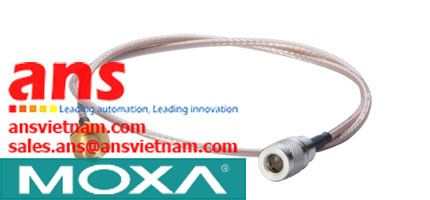








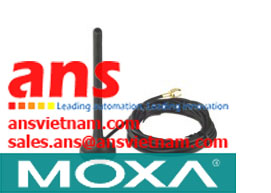

















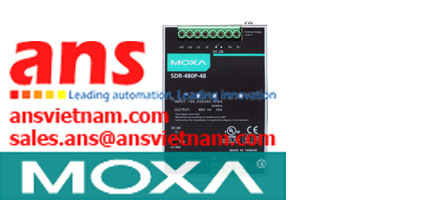












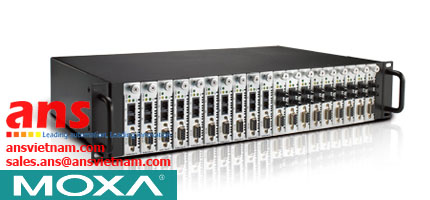
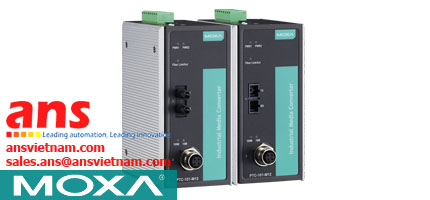




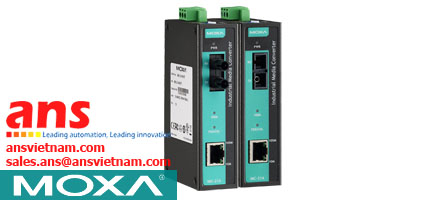




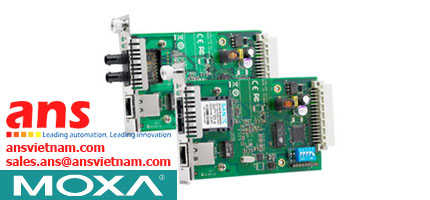
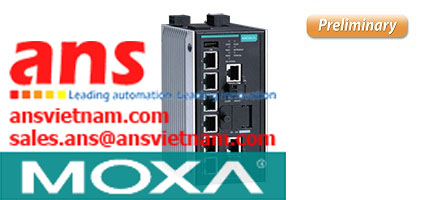
















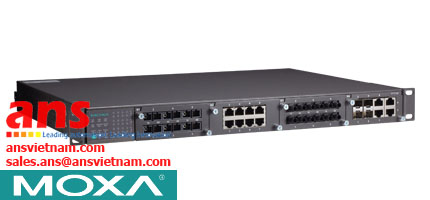























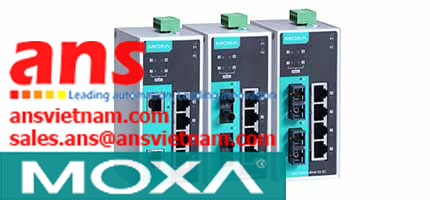










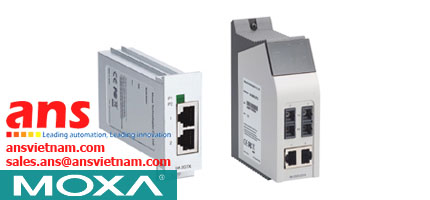
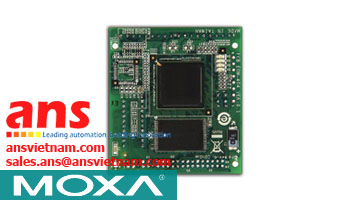



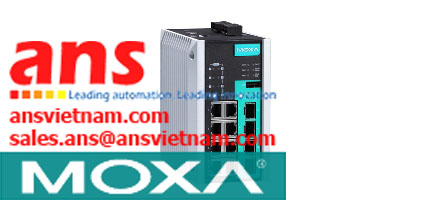







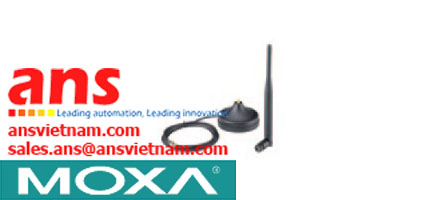













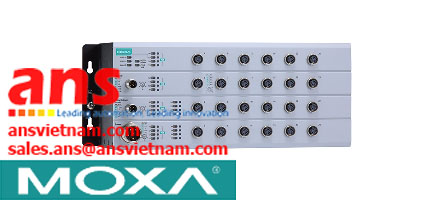













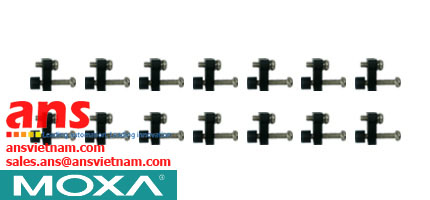






















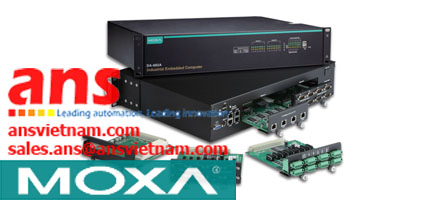






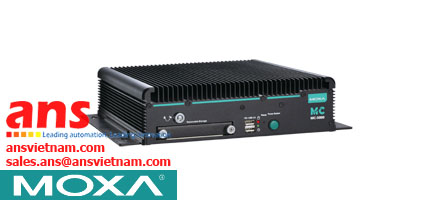

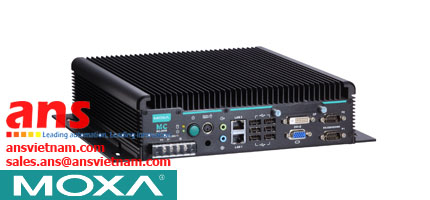



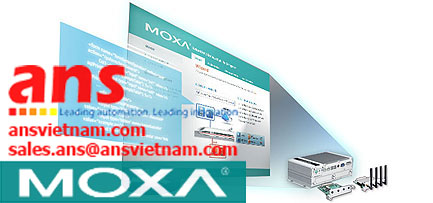
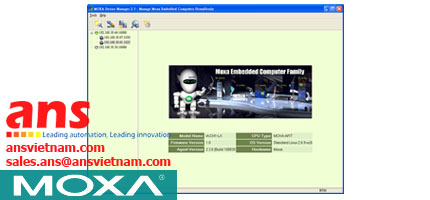






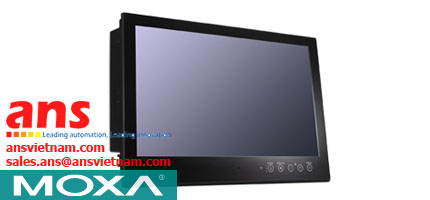


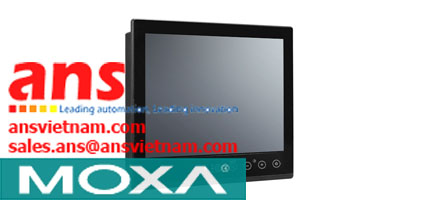




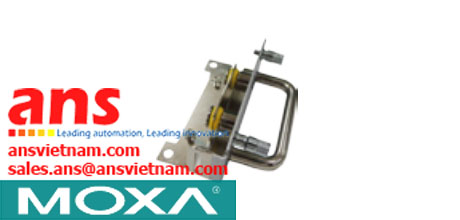



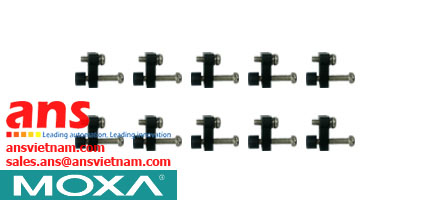


















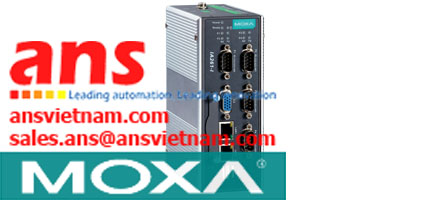


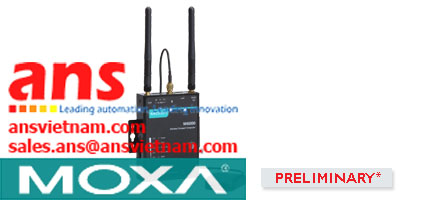






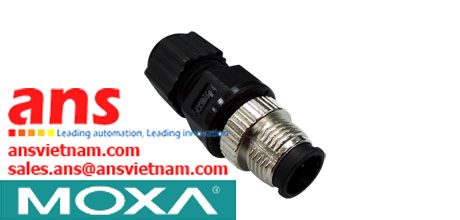

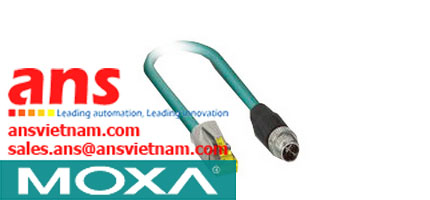
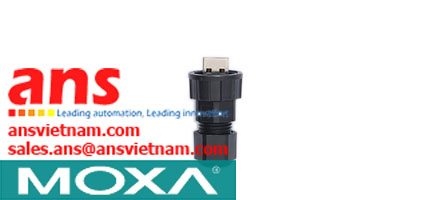




![Cables-CBL-M12[FF5P]-OPEN-100-IP67-Moxa-vietnam.jpg](/Images/products/thumb/Cables-CBL-M12[FF5P]-OPEN-100-IP67-Moxa-vietnam.jpg)








